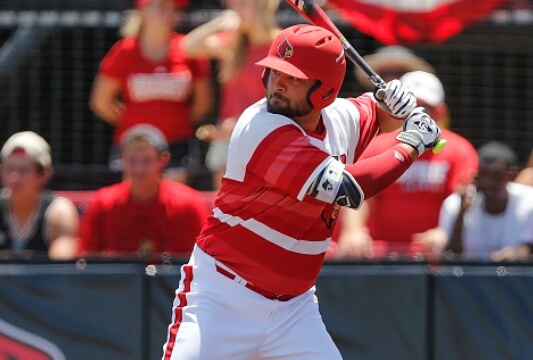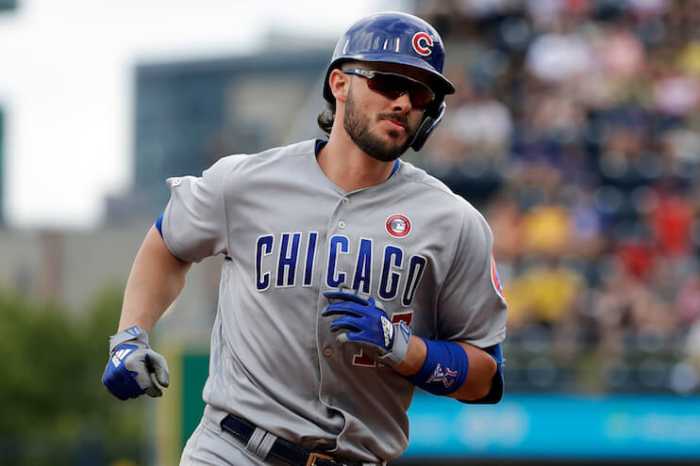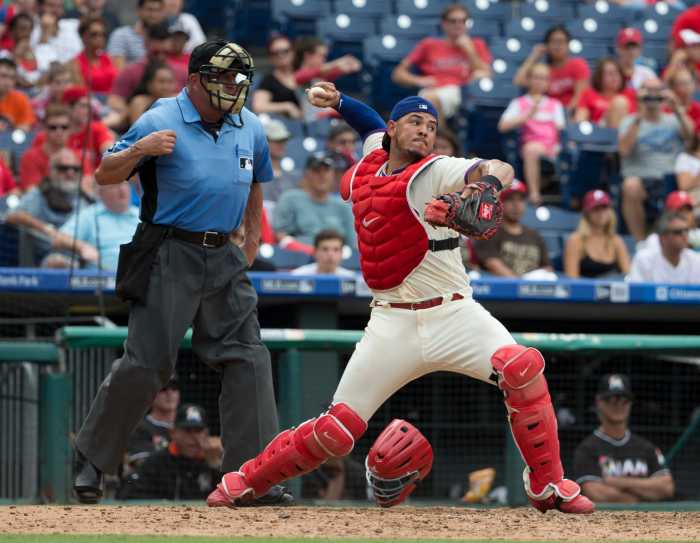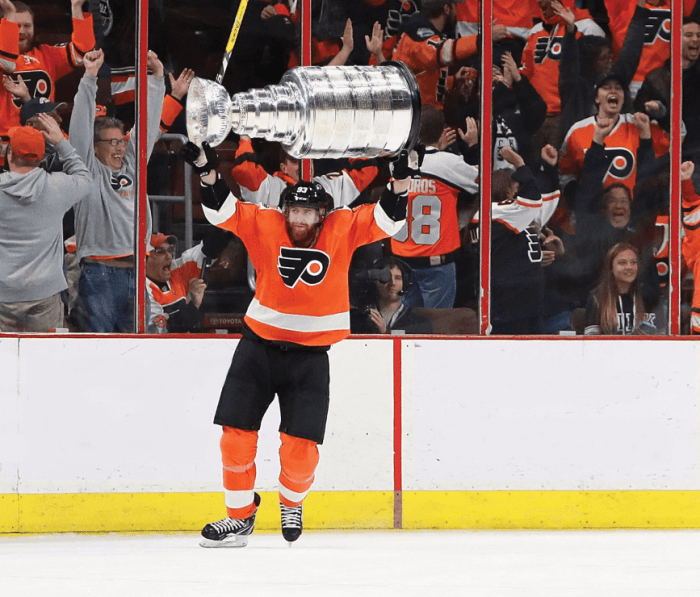While the majority of the Phillies later-round draft picks may wind up filling out the farm systems roster and never see the light of the major leagues, every year there are some interesting personas found in the late rounds of the draft. Sometimes it’s relatives of former big-leaguers or current front office employees hearing their name called, but more often it’s top-prospect high schoolers who are insistent they’re going to college.
Teams figure if they draft them in the 30th round round but pay them like it’s the third, they’ve got a shot at it, and that’s due to the magic of slot money. Teams are given a pool of money to spend on signing their top ten selections. After the tenth round, any money spent over $100,000 to sign a player has to come out of that top ten rounds draft pool. So if you draft a very-likely-to-sign college senior in the top ten, you can pay him less, and spend the difference on that hot prospect who swears he’s going to Stanford in round 33.
Due to that, there are plenty of promising players popping up rounds after you’d think their ilk would be gone. Here are five of the best deep cuts from the Phillies’ forty-track album.
11th – Jake Holmes, SS, Pinnacle HS, Arizona
The first thing you notice about Holmes is his size for a shortstop: 6 foot 4. Holmes has signed to play college ball at Arizona State, but his high draft position would suggest he’s one of the prospects the Phillies feel surer they can sign. He can field the position and should stay at shortstop.
From the plate he brings enough power and speed for Baseball America to have him as their 157th ranked prospect. Not bad for the third day of the draft and not bad to have some organizational depth here behind J.P. Crawford.
13th – Colby Fitch, C, Louisville
Fitch, a junior at Louisville, spent the last two seasons fighting for playing time with the 32nd pick in last year’s draft Will Smith. That didn’t keep him from making his mark while Smith was still at the school. In 2016 he hit .339 in 108 at bats, and while that dropped to .260 as the full time starter in 2017, he more than made up for it with his command of the Cardinals pitching staff.
With Fitch behind the plate, the Louisville pitchers ranked in the top 15 nationally in ERA, walks, and strikeouts. His power numbers jumped appropriately to his increase in playing time as well, home runs more-than-doubling from five to eleven. That’s one of the things the Phillies like about their 13th round pick. He was ranked 254th by Baseball America entering the draft.
17th – Austin Listi, OF, Dallas Baptist
Speaking of power numbers, enter Austin Listi, who hit 24 home runs this season for Dallas Baptist. The Phillies drafted three of Listi’s teammates last year: David Martinelli, Darick Hall, and Camden Duzenack. Listi saw a jump in production his senior season. His .336 average was the first time he hit over .300, his home runs increased from 10 each of the previous two years, and his slugging percentage made an accordingly massive jump from .562 to .735.
23rd – Shane Drohan, LHP, Cardinal Newman HS, Florida
Drohan is the first player on this list that it’s really unlikely the Phillies can sign, and that’s exactly why they were able to get him. The 106th ranked prospect by Baseball America doesn’t show up in the 23rd round because other teams have fallen asleep at the wheel. He has a strong commitment to Florida State then, but the Phillies also have all that overslot money for a reason.
If they get Drohan, they’ll be getting a pitcher who makes his living on his breaking ball and changeup, which is kind of uncommon for a high school star. His fastball is no slouch, but at about 90, it won’t turn heads in MLB.
34th – Kyle Hurt, RHP, Torrey Pines HS, California
Hurt is another player who would be an absolute steal if he doesn’t prove impossible to sign. He has a commitment to USC, and had a potential first-day of the draft grade without signability issues and an injury suffered this spring. He still ranks 94th on Baseball America’s top 500 prospects for the draft.
That’s because of a fastball that has touched 95 and a polished curveball and changeup. At 6 foot 4, 210 durability shouldn’t be as much a concern as it would be for smaller pitchers.




























